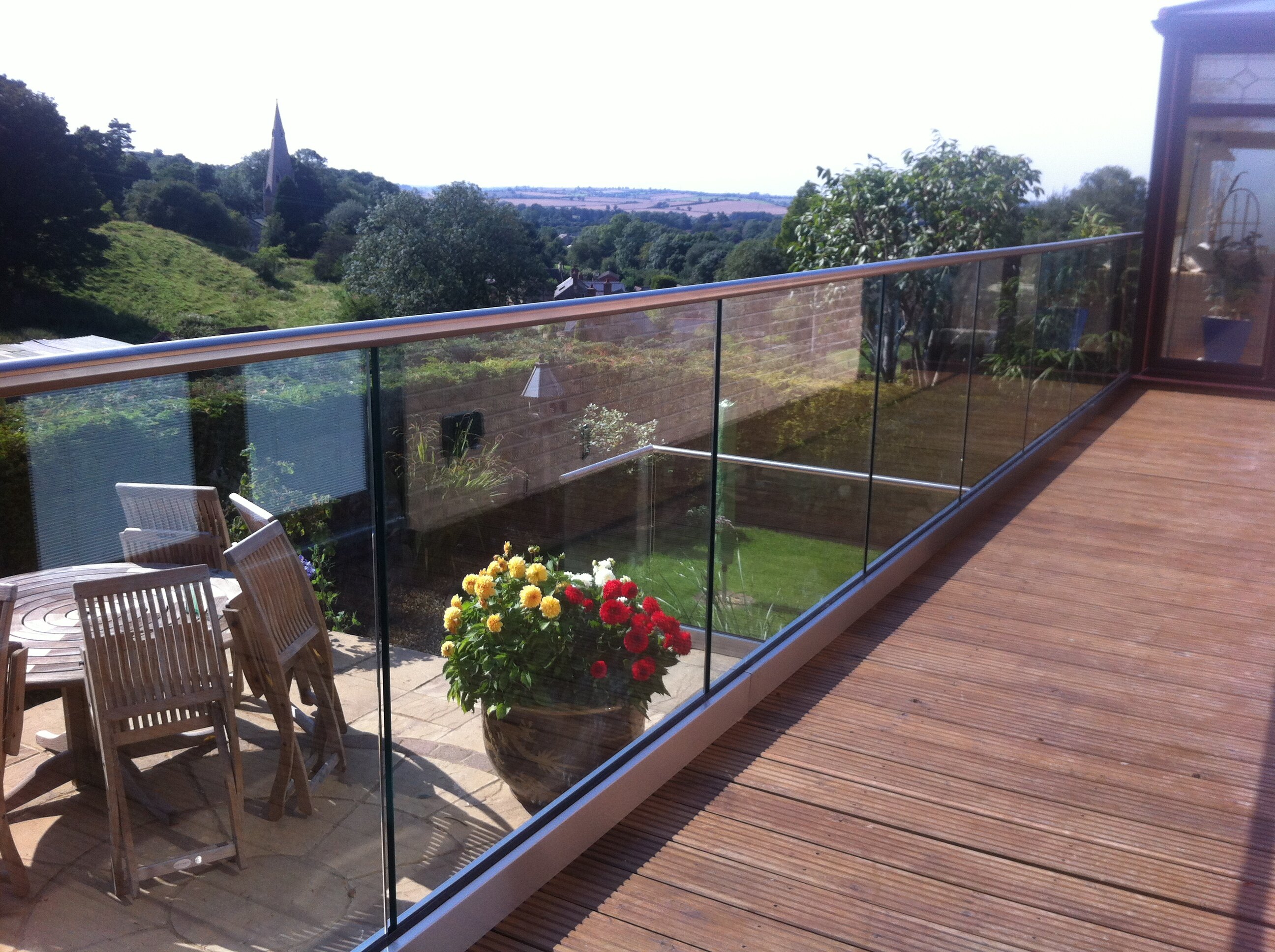Email format error
Email cannot be empty
Email already exists
6-20 characters(letters plus numbers only)
The password is inconsistent
Email format error
Email cannot be empty
Email does not exist
6-20 characters(letters plus numbers only)
The password is inconsistent

News

Stainless Steel Railing Manufacturers: Comprehensive Guide and Industry Insights
Stainless steel railings are not just functional elements; they are essential aesthetic and safety features in modern architecture and construction. In this detailed guide, we explore the world of stainless steel railing manufacturers, their offerings, applications, benefits, and considerations for choosing the right railing for your project. By the end of this article, you will have a comprehensive understanding of why stainless steel railings are a preferred choice and how to navigate the options available from leading manufacturers.
Introduction to Stainless Steel Railings
What are Stainless Steel Railings?
Stainless steel railings are structural elements made primarily from stainless steel, known for its durability, corrosion resistance, and sleek appearance. These railings are used in residential, commercial, and industrial settings to provide safety, support, and aesthetic appeal.
Types of Stainless Steel Railings
Stainless steel railings come in various types, including:
- Balustrade Systems: Complete railing systems comprising posts, handrails, and infill panels.
- Handrails: Individual rails used for support and safety on stairs, balconies, and walkways.
- Glass Railings: Combining stainless steel posts and fittings with glass panels for a modern look.
- Cable Railings: Utilizing stainless steel cables for a minimalist and contemporary railing design.
Benefits of Stainless Steel Railings
Durability and Longevity
Stainless steel is highly resistant to corrosion, rust, and staining, making it suitable for both indoor and outdoor applications. Stainless steel railings can withstand harsh weather conditions and environmental factors without losing their structural integrity.
Aesthetic Appeal
The sleek and modern appearance of stainless steel complements various architectural styles. Stainless steel railings add a touch of elegance and sophistication to residential homes, commercial buildings, and public spaces.
Low Maintenance
Stainless steel railings require minimal maintenance compared to other materials. Routine cleaning with soap and water is usually sufficient to keep them looking new. Additionally, stainless steel does not require painting or sealing to maintain its appearance and functionality.
Strength and Safety
Stainless steel railings provide robust support and safety, meeting building code requirements for load-bearing capacity and impact resistance. They are commonly used in areas where safety is paramount, such as staircases, balconies, and elevated walkways.
Applications of Stainless Steel Railings
Residential Settings
In residential properties, stainless steel railings are used for balconies, staircases, and verandas. They enhance safety while adding a modern and stylish touch to the home’s exterior and interior spaces.
Commercial Buildings
Stainless steel railings are prevalent in commercial buildings such as offices, hotels, and shopping malls. They contribute to the building’s aesthetic appeal and provide reliable safety features for employees, visitors, and customers.
Public Spaces
Public spaces such as parks, bridges, and waterfronts often use stainless steel railings for their durability and low maintenance requirements. These railings ensure safety without detracting from the natural or urban environment.
Industrial Applications
In industrial settings, stainless steel railings are used in manufacturing facilities, warehouses, and industrial complexes. They provide sturdy support and safety barriers in areas where heavy machinery and equipment are operated.
Choosing the Right Stainless Steel Railing Manufacturers
Quality Standards
When selecting stainless steel railing manufacturers, prioritize those who adhere to high-quality standards and certifications. Look for manufacturers with ISO certifications and a reputation for producing durable and reliable products.
Customization Options
Choose stainless steel railing manufacturers who offer customization options to tailor the railing design to your specific project requirements. Customizable features may include railing height, design patterns, and finishes.
Material Grade
Stainless steel is available in different grades, each offering varying levels of corrosion resistance and strength. Consider the environmental conditions and application requirements when selecting the appropriate stainless steel grade for your railing.
Installation Services
Some manufacturers offer installation services or partner with experienced contractors to ensure proper installation of their railings. Verify whether installation support is included and inquire about warranty coverage for installation-related issues.
Key Features to Look for in Stainless Steel Railings
Design Flexibility
Stainless steel railings offer design flexibility, allowing for various configurations and styles to suit different architectural preferences. Whether you prefer a traditional, minimalist, or contemporary design, stainless steel can accommodate diverse aesthetic preferences.
Sustainability
Stainless steel is a sustainable material choice due to its long lifespan and recyclability. Choosing stainless steel railings contributes to green building practices and environmental stewardship.
Weather Resistance
Stainless steel railings are highly resistant to weathering, UV exposure, and temperature fluctuations. They maintain their appearance and structural integrity even in challenging outdoor environments.
Easy Integration
Stainless steel railings can be seamlessly integrated with other building materials such as glass, wood, and stone. This integration allows for cohesive design schemes while maintaining the benefits of stainless steel’s durability and strength.
Installation and Maintenance Tips for Stainless Steel Railings
Proper Installation Techniques
Ensure that stainless steel railings are installed according to stainless steel railing manufacturer guidelines and local building codes. Proper installation techniques prevent structural issues and ensure safety compliance.
Regular Cleaning and Maintenance
Maintain stainless steel railings by regularly cleaning them with mild soap and water to remove dirt, debris, and environmental pollutants. Avoid using abrasive cleaners or tools that could scratch the surface of the stainless steel.
Inspect for Damage
Periodically inspect stainless steel railings for signs of damage, corrosion, or loose fittings. Promptly address any issues to prevent further deterioration and ensure the railing’s longevity.
Apply Protective Coatings
Consider applying protective coatings or treatments to stainless steel railings to enhance their resistance to corrosion and maintain their aesthetic appeal. Consult with the manufacturer for recommended coating products and application methods.
Challenges and Solutions with Stainless Steel Railings
Potential for Surface Scratching
Stainless steel railings are susceptible to surface scratching from abrasive materials or improper cleaning techniques. Use soft cloths and non-abrasive cleaners to minimize the risk of scratching.
Maintenance in Coastal Areas
In coastal environments with high salt content in the air, stainless steel railings may require more frequent cleaning and maintenance to prevent corrosion. Consider using marine-grade stainless steel for enhanced corrosion resistance.
Thermal Expansion and Contraction
Stainless steel railings may expand and contract with temperature changes, potentially affecting their fit and appearance. Allow for adequate expansion joints during installation to accommodate thermal movement.
Future Trends in Stainless Steel Railings
Integration with Smart Technologies
The integration of stainless steel railings with smart technologies, such as sensors and LED lighting, is an emerging trend. Smart railings can provide real-time data on usage patterns, environmental conditions, and maintenance needs.
Sustainable Manufacturing Practices
Manufacturers are increasingly adopting sustainable practices, such as using recycled stainless steel and minimizing waste generation during production. Sustainable manufacturing practices reduce environmental impact and support green building initiatives.
Innovations in Design
Design innovations in stainless steel railings include modular systems, innovative joint designs, and new finishing techniques. These innovations enhance design flexibility while meeting performance and safety requirements.
Conclusion
Stainless steel railings are versatile, durable, and aesthetically appealing additions to residential, commercial, and public spaces. By understanding the benefits of stainless steel, selecting reputable stainless steel railing manufacturers, and implementing proper installation and maintenance practices, you can enhance the safety and visual appeal of your project. Whether you are renovating a home, designing a new commercial building, or enhancing public infrastructure, stainless steel railings offer a timeless combination of style and functionality. Choose stainless steel railings from trusted manufacturers to ensure superior quality, reliability, and long-term performance in your architectural and construction projects.

